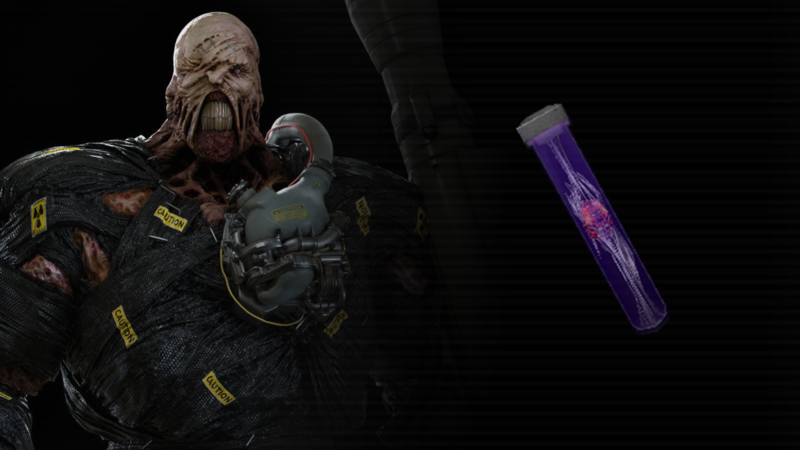
So, uh… this is a big change. When Resident Evil 4 first released in 2005, there was a conscious effort on the part of director Shinji Mikami to remove its story from established lore as much as possible and push the series forward in a new direction. From the six-year gap between RE4 and the previous furthest point in the canon (not counting Dead Aim) that drastically shifted the characters’ personalities and status to an entirely new threat and organization being fought against. As a result, RE4 was almost unrecognizable from the series that preceded it. That isn’t even talking about gameplay mind you, the lore itself was attempting to disentangle itself from previous Resident Evil games as well.
As such the game’s main threat, Las Plagas, was an entirely new organism that had no ties whatsoever to Umbrella Corporation or even bioengineering. Instead, Las Plagas was a prehistoric parasite that was discovered in a rural region of Spain and was unearthed and harvested by bioweapons researcher Osmand Saddler for use in gathering power and money. Up until now, it’s been assumed that Las Plagas had zero connection to Umbrella Corporation, and its discovery was localized to the area RE4 takes place in. Today, during an interview with PlayStation.Blog, Capcom revealed that there’s, in fact, a deep connection between Las Plagas and one of Resident Evil‘s most iconic beasts.
When asked about how Nemesis fits into the grand scheme of things for Umbrella, Capcom laid out the specifications of the Nemesis T Type ‘Pursuer.’ Most of the information was standing lore that’s been a part of the creature’s history since the original RE3 (including the fact that he was controlled by a creature called the NE-α parasite) — but this time there’s a twist:
Umbrella Corporations’ bioweapon research was split between Europe and America. The European branch handled project Nemesis, while the American branch handled T-virus research in tandem.
The Nemesis project was to artificially create the Plagas parasite (first introduced in Resident Evil 4), thus giving birth to NE-α. The idea was to find an appropriate live host that could contain NE-α, which in turn would physically change and transform its host into a bioweapon.
The most likely reason for this retroactive canon is for the sake of teasing the absolutely-happening-but-still-technically-rumored Resident Evil 4 Remake. Building stronger connections between RE2 and RE3 for their respective remakes was a priority for the developers of those games, so it makes sense that an effort would be made to extend that bridge to the next game as well. This retcon doesn’t make a whole lot of difference for the established lore of RE4 of course, (although this may be an early insinuation that Saddler may be directly tied to Umbrella), but it makes a world of change to RE3. Nemesis’ strange lack of agency in RE3 Remake continues to devolve, living in the shadow of the much more menacing Mr. X. Now he’s being demoted even further to being simply a recreation of RE4‘s main threat. Of course, this is admittedly ‘cereal box lore,’ a term I coined to describe Resident Evil‘s history of having complex and lore-defining information buried in booklets and manuals for non-game content, but it’s still straight from the horse’s mouth.
We still have a little ways to go for RE4 Remake (if rumors are to be believed) and we have RE8 to look forward to in the meantime (again, if rumors are to be believed). There’s plenty of time to ponder over these retroactive revelations.




